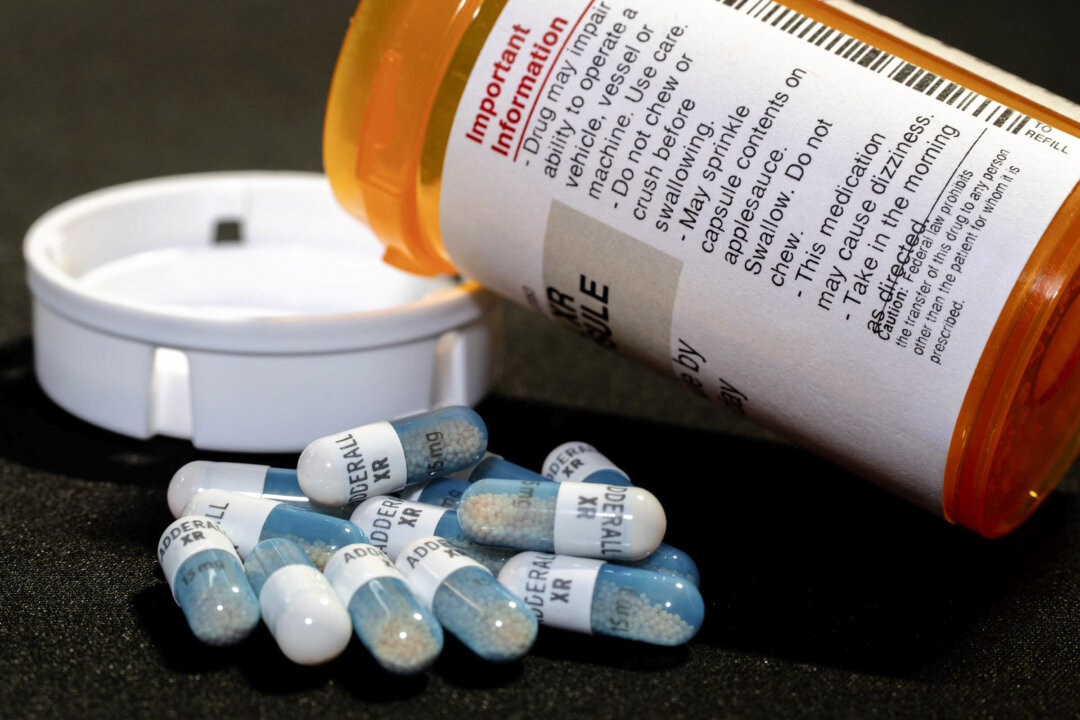REDUCING your salt intake is a popular health recommendation, particularly when it comes to lowering blood pressure. But scientists have now found a potentially more effective way of keeping your blood pressure reading in check. GettyKeeping your blood pressure in check can help prevent serious conditions like heart disease and stroke[/caption]GettyEating potassium-rich foods like bananas may be more effective than lowering your salt intake[/caption]New research from the University of Waterloo suggests eating foods like bananas, which are rich in potassium, may be may be more effective for curbing blood pressure levels than simply reducing sodium intake.
A single banana can be bought for as little as 16p from Tesco and Aldi. High blood pressure, also known as hypertension, affects 30 per cent of adults globally. It’s the leading cause of coronary heart disease and stroke, and can lead to other serious conditions, including chronic kidney disease, heart failure, irregular heartbeats and dementia.

“Usually, when we have high blood pressure, we are advised to eat less salt,” said Anita Layton, professor of Applied Mathematics, Computer Science, Pharmacy and Biology at the University of Waterloo and the Canada 150 Research Chair in Mathematical Biology and Medicine. “Our research suggests that adding more potassium-rich foods to your diet, such as bananas or broccoli, might have a greater positive impact on your blood pressure than just cutting sodium.” Sodium and potassium are essential electrolytes that your body needs to maintain fluid balance, nerve and muscle function, as well as blood pressure.
“Early humans ate lots of fruits and vegetables, and as a result, our body’s regulatory systems may have evolved to work best with a high potassium, low sodium diet,” said Melissa Stadt, a PhD candidate in Waterloo’s Department of Applied Mathematics and the lead author of the study. “Today, western diets tend to be much higher in sodium and lower in potassium. That may explain why high blood pressure is found mainly in industrialised societies, not in isolated societies.
” Previous research has found increasing potassium intake can help control blood pressure. But in this study, to understand how increasing potassium intake can help control blood pressure, the team developed a mathematical model.The model identifies how the ratio of potassium to sodium impacts the body.
It showed men develop high blood pressure more easily than pre-menopausal women. However, men were also more likely to respond positively to an increased ratio of potassium to sodium. The researchers emphasised mathematical models like the one used in this study help identify how different factors impact the body quickly, cheaply and ethically.
A study published in April 2024 suggested eating just an extra gram of potassium – the equivalent of two medium bananas – per day could be enough to tackle high blood pressure.Foods highest in potassium include potatoes (especially with their skin still on), sweet potatoes, spinach, and lima beans.Other good sources include avocados, dried apricots, kidney beans, and various nuts.
Find out other ways you can reduce your blood pressure and slash your risk of heart disease and stroke below...
How to lower blood pressure Persistent high blood pressure (hypertension) puts extra strain on your blood vessels, heart and other organs and it can raise your risk of serious conditions like heart disease, heart attacks and stroke. Here's how to reduce it.Reduce saltAdults are recommended to limit their salt to 6g per day (around one level teaspoon) to avoid health consequences including high blood pressure.
The top tip is to swap out table salt, according to the Salt Substitute and Stroke Study, replacing it with a reduced sodium and added potassium alternative.Cut down on alcoholExcessive boozing can narrow the blood vessels, which raises the risk of hypertension.Official drinking guidelines advise that people should not regularly drink more than 14 units a week to keep health risks from alcohol low.
Get movingExercise is good for the heart and the blood vessels.Although the guidelines recommend 150 minutes of activity per week, if you’re currently very inactive, just a walk to the shop every day is better than nothing, and you can work up from there.Studies suggest that isometric exercises – when you hold the body in one position without moving, such as a wall squat or plank – are best for lowering blood pressure.
Stop smokingSmoking cigarettes is a killer. It makes the arteries sticky and narrow, which can cause blockages.While smoking is not a direct cause of high blood pressure, it can cause an instant rise to pressure, heart rate and reduce the amount of oxygen that gets to the body’s cells.
Skip coffeeSadly, caffeine can cause a short, but dramatic increase in your blood pressure – even if you don’t have high blood pressure.Therefore cutting back on coffee is recommended as a lifestyle tip for those with hypertension.Lose weightThe above tips can help you to lose weight, which is beneficial because being overweight in itself is a risk factor for hypertension.
Being overweight forces your heart to work harder to pump blood around your body, which can raise your blood pressure.The only way of knowing whether you have high blood pressure is to have a blood pressure test. All adults over 40 years old are advised to have their blood pressure checked at least every five years.
.
















